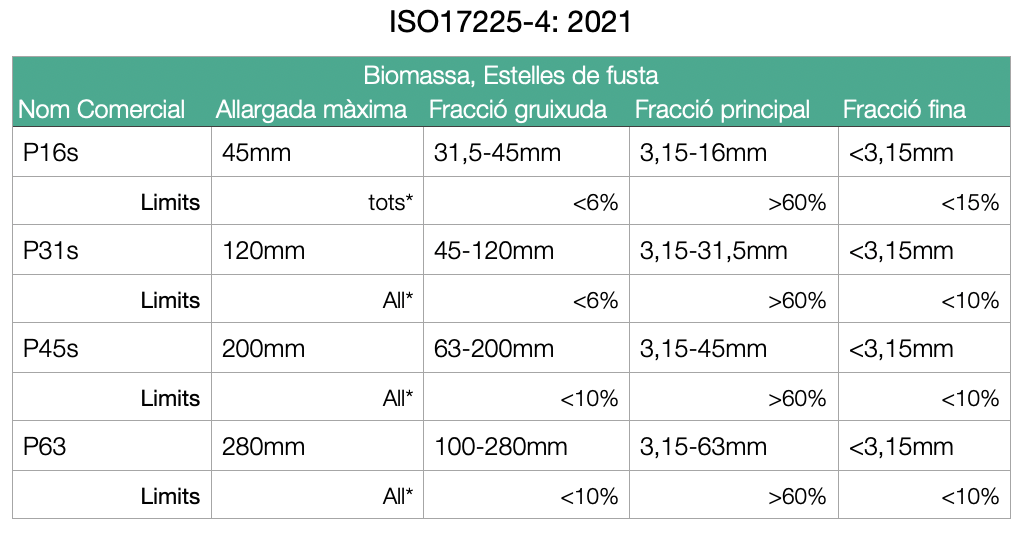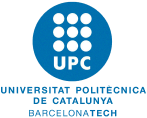Stack A, as mentioned earlier, processes the material that is greener and therefore more fleshy. The treatment of these products results in some intended for gardening and agriculture.
Operations
Give a Second Life
Valorization and Biomass Production
These are the two operations carried out at a Sots Station for Self-Managed Pruning Valorization (EVUP). The processes involved in both operations are different yet similar, and they are crucial for improving our ecosystem. The key difference between one operation and the other lies in the origin of the material.
The valorization of any material involves the transformation of a discarded waste into something of value. On the other hand, biomass production entails the transformation of a raw material into a usable product. Although the materials may be similar, the way they are sourced distinguishes these two operations.
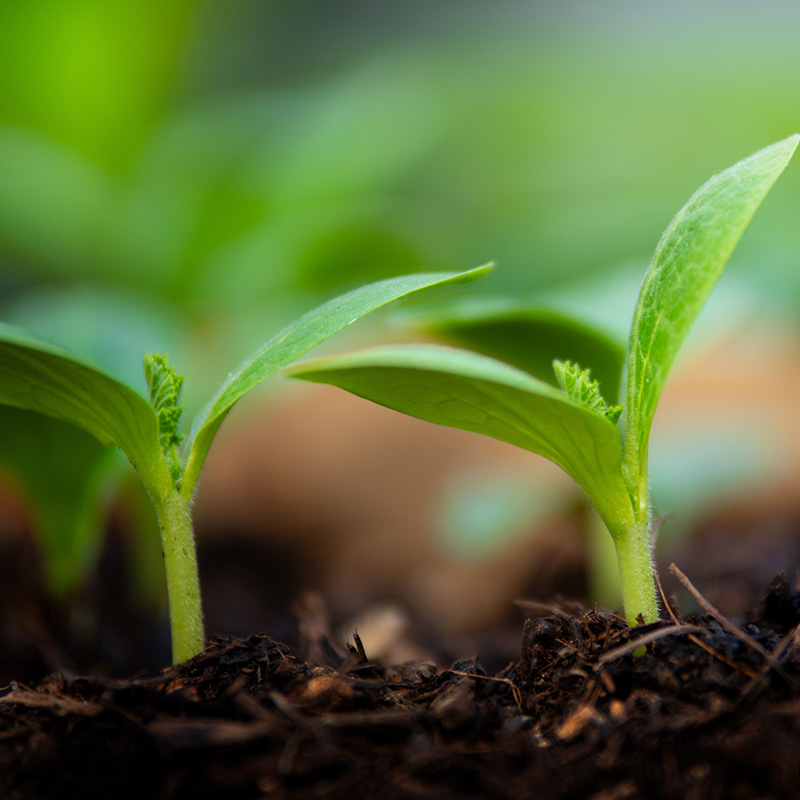
What is valorization?
Valorization consists of transforming waste or materials that are considered worthless or destined for disposal into useful resources with economic, social, or environmental value. This process can include various techniques and technologies that allow for the efficient recovery, recycling, or reuse of materials.
What is it for?
Valorization involves changing the traditional perception of waste as mere end-products of consumption, towards a view in which they become raw materials or products that can be reintegrated into the economic cycle. This not only helps reduce the amount of waste sent to landfills or incinerators but also contributes to conserving scarce natural resources and minimizing the environmental impact associated with the extraction of new materials.
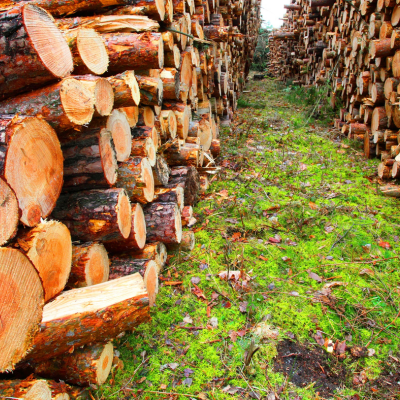
What is Biomass Production?
Biomass production involves generating, from organic matter such as plants, wood, or agricultural waste, a material that can be used as an energy source.
What is it used for?
This material can be converted into heat, electricity, or biofuels through processes like combustion or anaerobic digestion. It is a renewable energy source that helps reduce greenhouse gas emissions.
Reasons to valorize organic plant waste
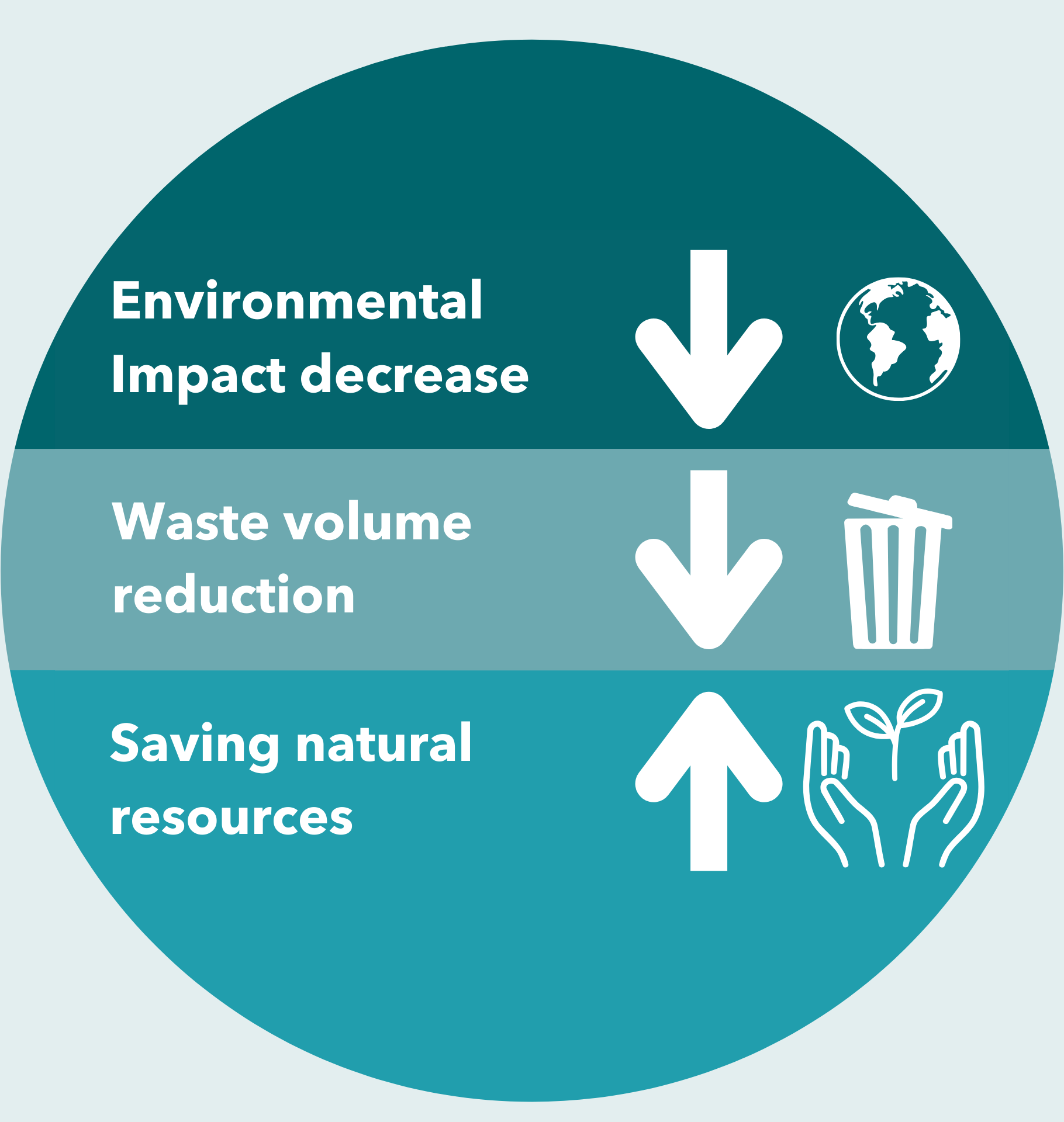
Environmental
Reduction of waste volume
Saving natural resources
Decreasing environmental impact

Legal
Directive 1999/31/CE, April 26
Law 9/2008, July 10 + Law 6/1993, July 15
Law 8/2008, July 10 + Law 16/2003, June 13

Economic
Reduction of municipal management costs
Creation of taxes for municipal waste management
Benefits from the Waste Management Fund
Operations
Valorization of Waste 20 02 01 and Biomass Production
Detailed Explanation
The following phases are carried out at the Self-Managed Sots Stations (EVUPs). Each stack has its own treatment processes, but every time a process begins, the overall needs of the station are taken into account.
For instance, whenever a material requires shredding, turning, or screening, the needs of other stacks within the station and nearby EVUPs are considered. This approach aims to minimize the carbon footprint related to machinery transport, ensuring transportation is only carried out when it is both optimal and cost-effective.

Valorization and Biomass Production
Phase 0 – Discarding
Collection Period
Phase 0 begins with the discarding of pruning and gardening waste (RPJ) by the gardeners using the Self-Managed EVUP. This action takes place during the collection period, which is continuous since users can access the facility at any time during operating hours.

Valorization
Phase 1 – Characterizing
Production Period
During the processing period, Phase 1 begins with the characterization of the materials in the discarding area of the station. In this phase, the discarded material is separated into Stack A, Stack B, and Stack C. Stack A corresponds to the Vegetal Fraction (VF), Stack B consists of tree stumps and irregular trunks, and Stack C includes thinning forest wood and materials from other forestry activities.
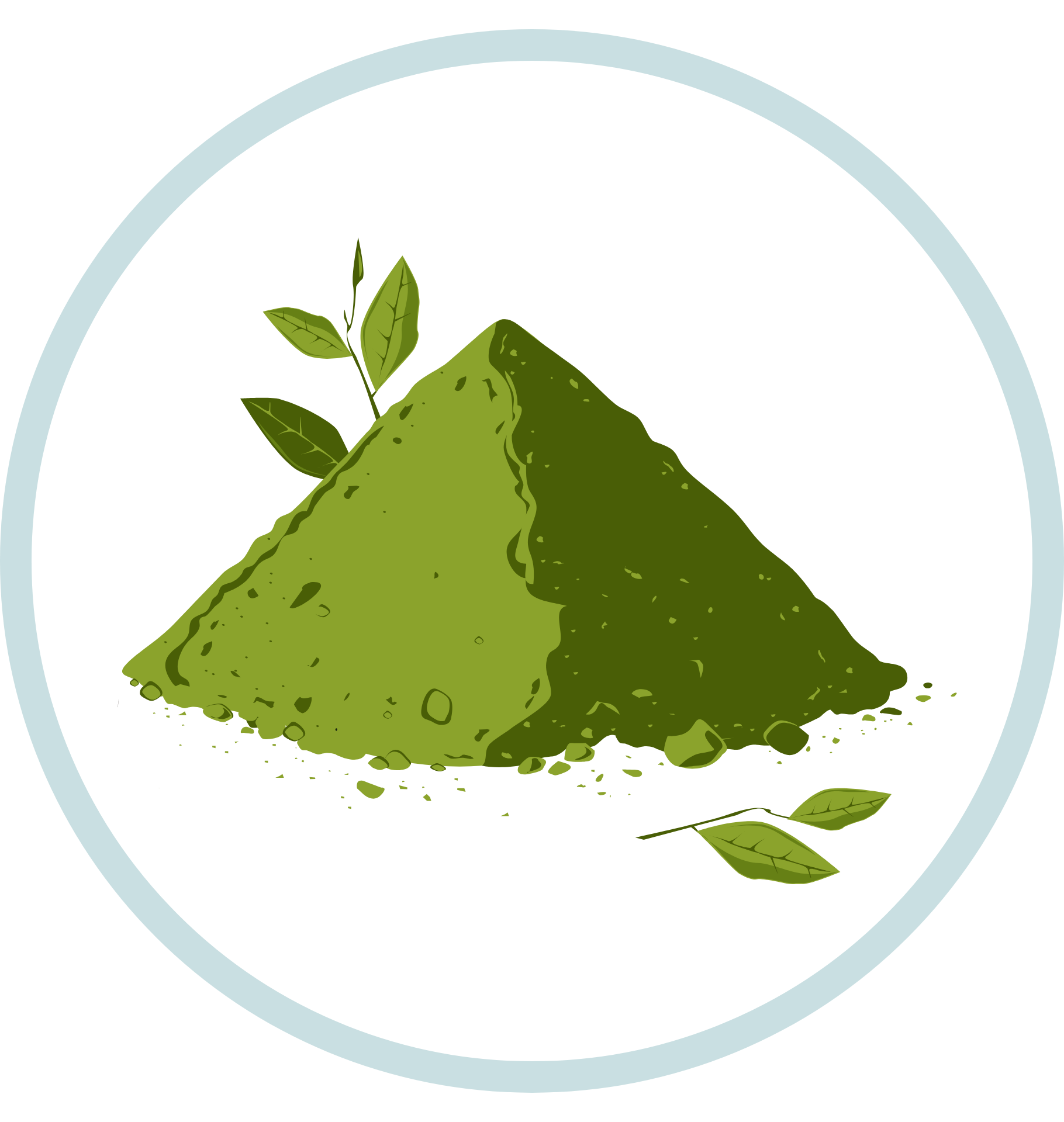
Valorization
Phase 2 – Treatment of Stack A
Pruning and Gardening Waste
Once the materials are sorted, the vegetal fraction undergoes a series of treatments. First, the material is shredded using a mill, which reduces the pile’s volume, freeing space in the station for future deposits and initiating the composting process. Then, the material is left to rest in Stack A for three weeks to continue composting. After this period, stacking takes place, during which the material is transferred to the combined Stack A, turned, and hydrated to continue the process. In this stack, the material rests for three months. After this time, turning is performed, which involves aerating and hydrating the material to promote composting. Following this, the material rests for an additional one to two months and is finally screened into two sizes. Screening produces a 0–20 mm material, but if left to rest for another month, a +20 mm material is obtained. The +20 mm material can be used as a biostructuring agent or re-screened to obtain other sizes. This completes the treatment of the vegetal fraction, converting it into compost.
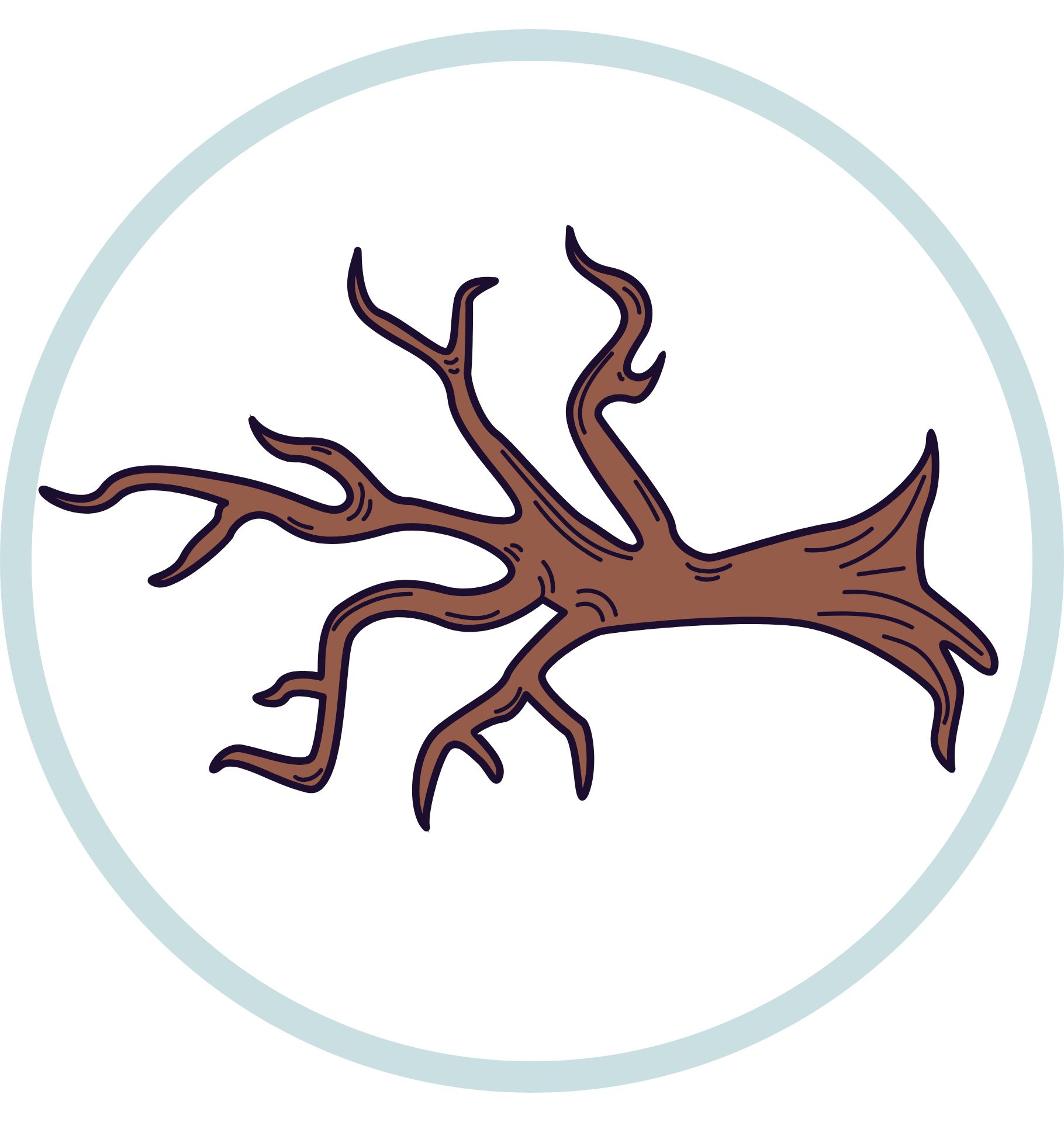
Valorization
Phase 2 – Treatment of Stack B
Tree Stumps and Irregular Trunks
The material in Stack B is left to dry from the beginning to facilitate subsequent shredding, as this step is easier for the machines when the material is dry. This initial drying period lasts approximately two and a half months, followed by soil removal, which becomes easier to handle once dried. After this, shredding is performed using specialized machines to break down the stumps and irregular trunks. This process yields two distinct materials: a biostructuring agent, consisting of woody material mixed with sand and clay, and the remaining material in Stack B, which requires additional treatment through screening. Screening separates the material by size, producing P-63 and P-45 products, which are already separated from soil and sand, considered improper elements.
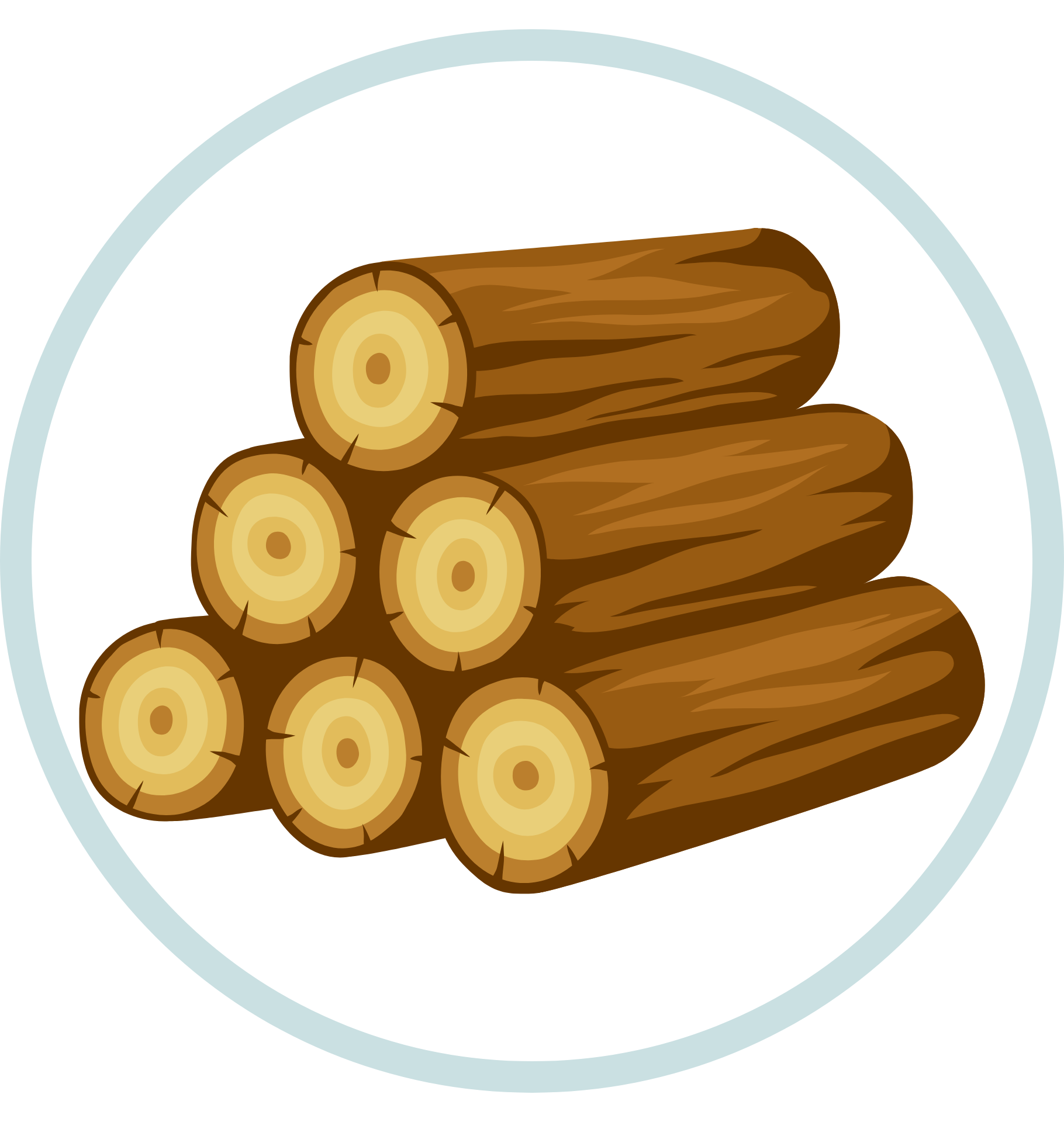
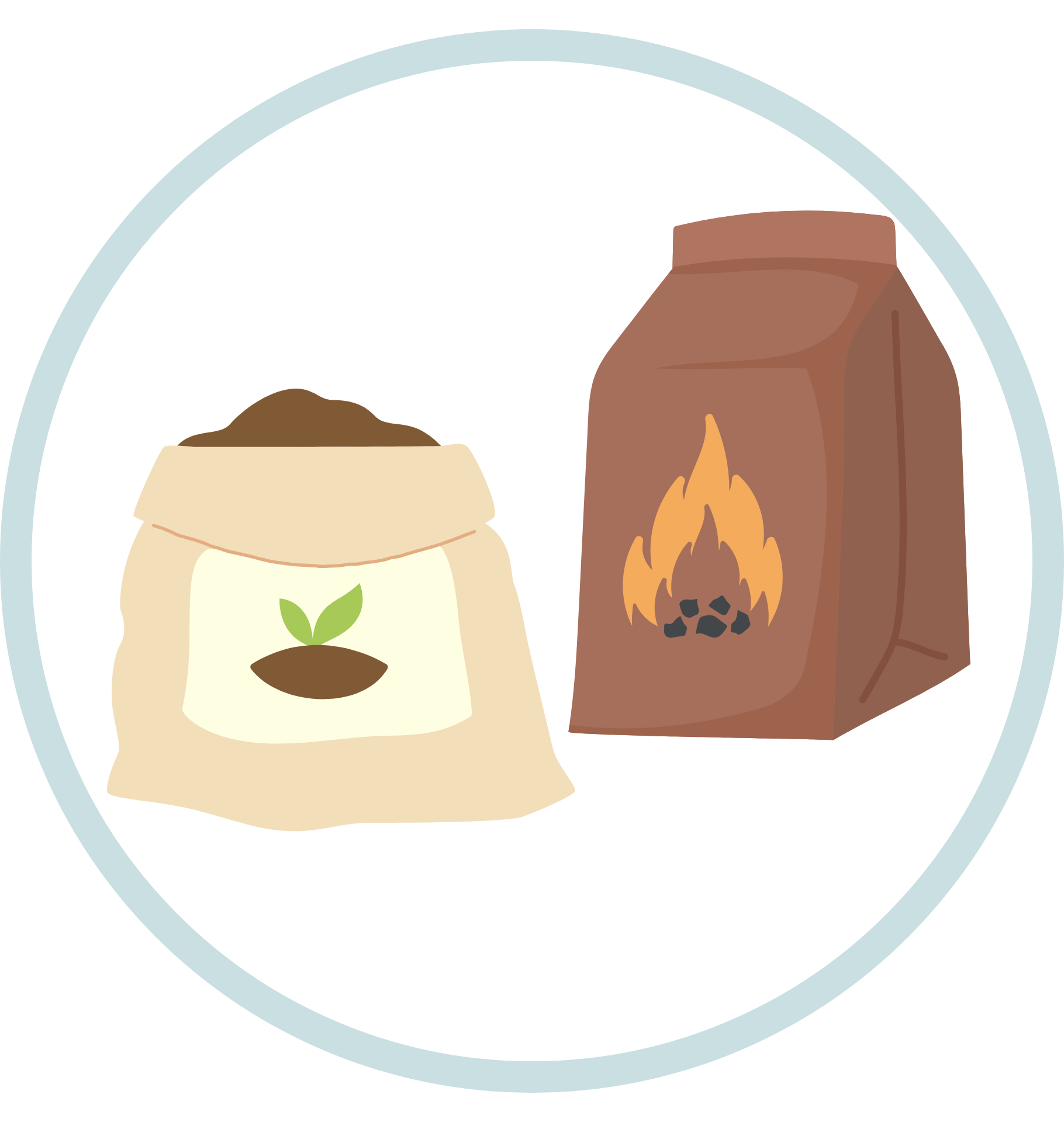
Valorization and Biomass Production
Phase 3 – Market Distribution
Final Products
After all the processes, the resulting materials are prepared for specific markets. The 0–20 mm compost from Stack A is used in agriculture and livestock farming to enrich soils, as it is natural and entirely biological. The P-63, P-45, P-31, and P-16 materials from Stacks B and C are suitable for biomass boilers, chosen based on the required burner size, whether more or less industrial.

From Waste to Product
The products generated in the various operations can have different destinations, adapting to the specific needs of each stage of the process. On one hand, they can be used as by-products for direct commercialization, taking advantage of their market value and thus reducing waste. On the other hand, these materials can also serve as a basis for the production of other products in later phases, contributing to an efficient reuse process. This dual function allows for the optimization of available resources and maximizes the performance of the production cycle, promoting a more sustainable system that aligns with waste reduction and material recovery objectives.
The characterization of the waste deposited during a season allows for distinguishing the materials and the quantity of each one present at a station. On the other hand, it also helps optimize the space at a station, ensuring that more waste can be deposited without the facilities becoming overwhelmed.
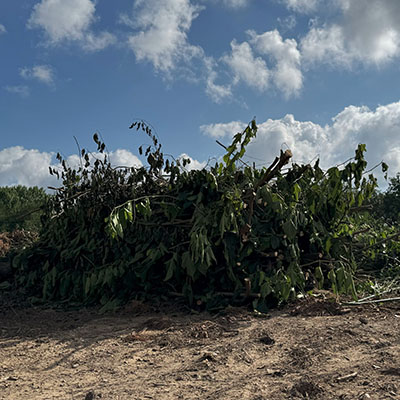
Stack A
Pruning and Gardening Residues
Green Material
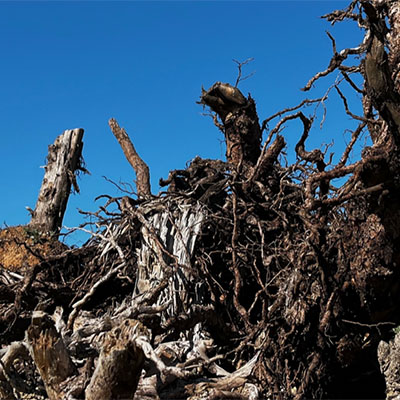
Stack B
Tree Stumps and Irregular Trunks
Woody Material
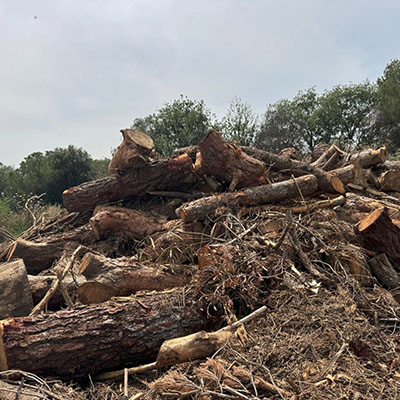
Stack C
Thinning Forest Wood and Other Forestry Activities
Woody Material
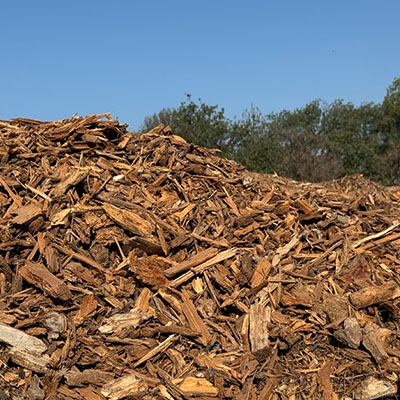
P-63
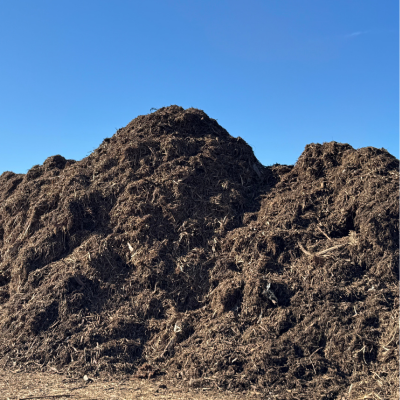
0-20
From Stack B, consisting of woody material, three different products emerge that are useful in gardening, agriculture, and also as biofuel.
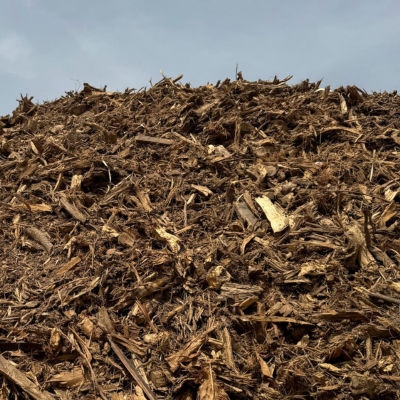
Biostructuring agent
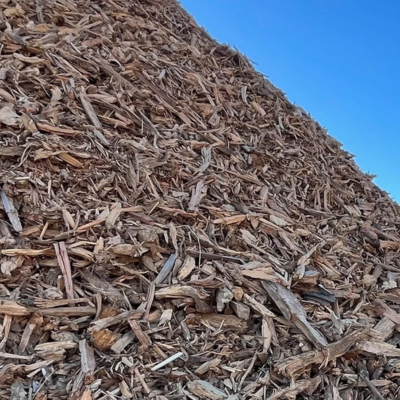
P-63

+0-20
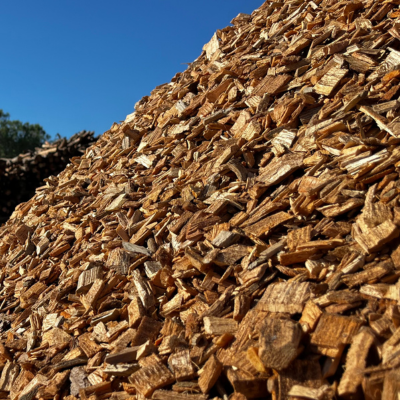
P-16s
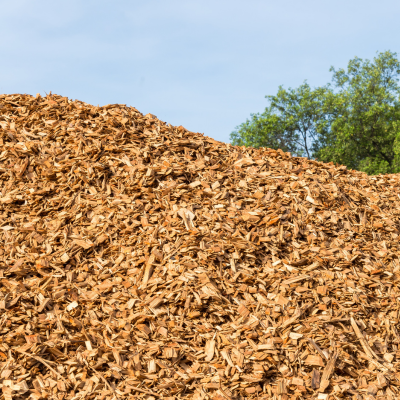
P-31s
In recent years, some adjustments have been made to the classification of wood chips to allow for more precise descriptions of the physical parameters of a fuel. It is still common to see wood chips listed under the ÖNORM standard with labels like G30 and G50. However, this standard has been outdated for several years, and SOTS Green works with wood chips according to the requirements of the EN ISO 17225-4:2021 standard.
